Sunscreen vs Sunblock: Key Differences
Shield your skin effectively with expert tips on choosing the perfect summer barrier.

Image: shutterstock
Do we really need protection from the Sun?
The answer to that would be a big yes! No matter who it is, everyone needs to be wary of the Sun’s harmful effects when it comes to skin damage. Despite what many people think about using sun protection only during summers, you need it all year round, because the Sun is out nearly every day! Think of it like this; is there sunshine? Then, you need protection against it.
You may be wondering, ‘Aren’t they the same thing?’ The answer to that is, not really. Read on to find out more.
In This Article
What Is Sunblock?
Sunblock acts as a physical barrier between your skin and the Sun’s harmful rays. Sunblock contains organic and non-organic ingredients that sit on the surface of the skin to prevent the UV rays from penetrating into the skin.
What is Sunscreen?
Sunscreen is usually the more popular option. While sunblock mostly works physcially this type of sun protectant works chemically and prevents long term damage signs from the Sun’s rays. It screens the UV rays and reverses any harmful effects that the rays may have on the skin. It is always advised to wear sunscreen when you step out of the house.
For the longest time, I’ve always wondered what that ‘SPF’ label on sunscreens and sunblocks meant. So, if the same question has plagued you, find out below what exactly it is!
What is SPF?
SPF is basically the Sun Protection Factor. It is roughly estimated as the amount of UV radiation it takes to burn your skin under the sun. You can determine how long you can protect yourself and when you need to reapply based on how long it takes for your skin to burn without protection and the SPF. For example, if the SPF is 30, and if your skin starts to burn in 20 minutes without any sunblock or sunscreen, then you just multiply it to find out how long your skin will stay protected with the sunscreen. So, 30×20=600 minutes of protection which is about 10 hours.
Now, let’s take a look at some of the differences between sunblock and sunscreen.
Difference Between Sunblock and Sunscreen
Here are some of the main properties of sunblock and sunscreen.
Sunblock
Protection: A sunblock’s primary job is to protect you from the UVB rays. The ‘B’ here stands for burning. This means that a sunblock will protect the outer layer of your skin by creating a barrier and reflecting all the harmful rays.
Ingredients: You’d usually find zinc oxide, titanium oxide as the major components in a sunblock. This actually makes it thicker which some people can find it harder to use.
Consistency: Since this is actually a physical barrier, it’s quite thick and opaque.
Pros
- A sunblock would probably be more beneficial for preventing sunburns, so if you know you’re going to be under the harsh Sun all day, it’s best to use a sunblock.
- Don’t have to keep reapplying as often.
Cons
- Because of its thick consistency, it tends to look white on the skin.
Tips
- Reapply the sunblock as required.
- These days you find sunblocks that don’t have too much of a white cast, so you can get them if white bothers you.
- Most of them are water-resistant these days, but if you’re planning to go to the beach, make sure that it’s water-resistant.
Our Suggestions
- Banana Boat Ultra Defense UltraMist SPF 85
- Neutrogena Ultra Sheer Dry Touch Sunblock SPF 50+
Sunscreen
Protection: As the name suggests, sunscreen filters the harmful rays that your skin is exposed to. Like sunblock protects you from UVB rays, sunscreen protects you from UVA rays, where the ‘A’ stands for aging. So, while sunblock works physically, sunscreen works chemically preventing and repairing any long-term damage to the skin.
Ingredients: Sunscreens often use active ingredients like avobenzene and oxybenzene.
Consistency: A sunscreen has the consistency of a normal lotion.
Pros
- It’s not too thick, which is what makes it ideal for everyday use.
- It’s not greasy, which means that it won’t affect your makeup routine.
[ Read: 11 Interesting Reasons on Why You Should Wear Sunscreen ]
Cons
- Doesn’t give enough protection under the intense Sun.
Tips
- Wait 30 minutes after applying sunscreen before stepping out.
- Use a cream with a high SPF if it’s summertime.
- Apply it to every inch of the exposed skin.
Our Suggestions
- La Roche Posay Dry Touch Sunscreen SPF 60
- Olay Regenerist Micro-sculpting Cream SPF 30
[ Read: 10 Best Sunscreens In India ]
Final Verdict on “Sunscreen Vs Sunblock”
These days, most companies make products that have both sunscreen and sunblock properties with broad spectrum SPF. But if you’re looking for something quite specific, then you can find those as well. Honestly, at the end of the day, it all depends on what you prefer. For someone like me, whose exposure to Sun is for hardly an hour in total; a sunscreen would be okay. A sunblock would end up making the face quite greasy, and I really wouldn’t want that when I go to work. However, if I go to the beach, I would probably opt for something a little stronger and a more direct protection against the Sun, I would definitely pick a sunblock with a high SPF.
So, as I’ve mentioned, it all depends on what works for you and the situations at hand. Either way, make sure you’re wearing some form of SPF every time you step out; even if it may not look too sunny because it will still protect you from any other harmful pollutants and keep your skin looking healthy.
Read full bio of Jyotsana Rao


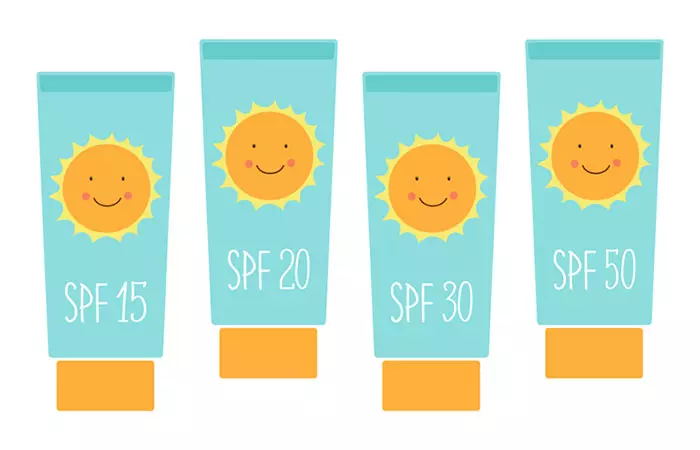

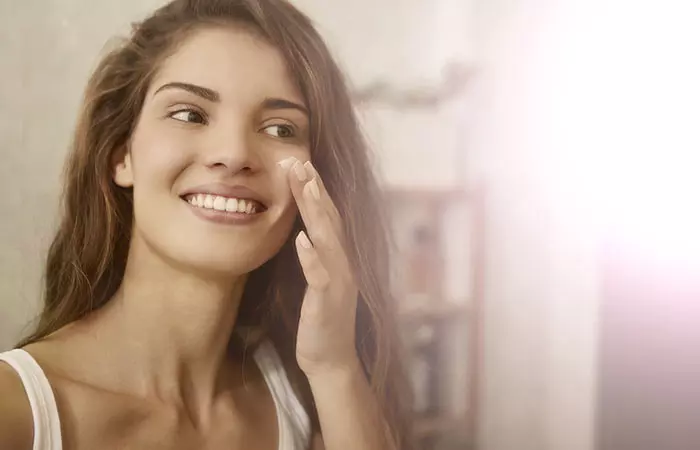

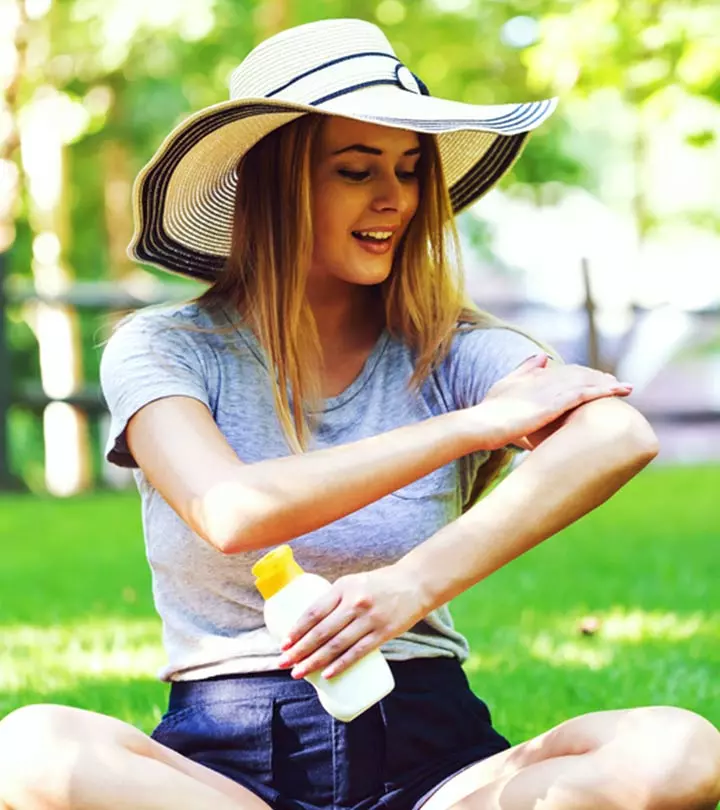

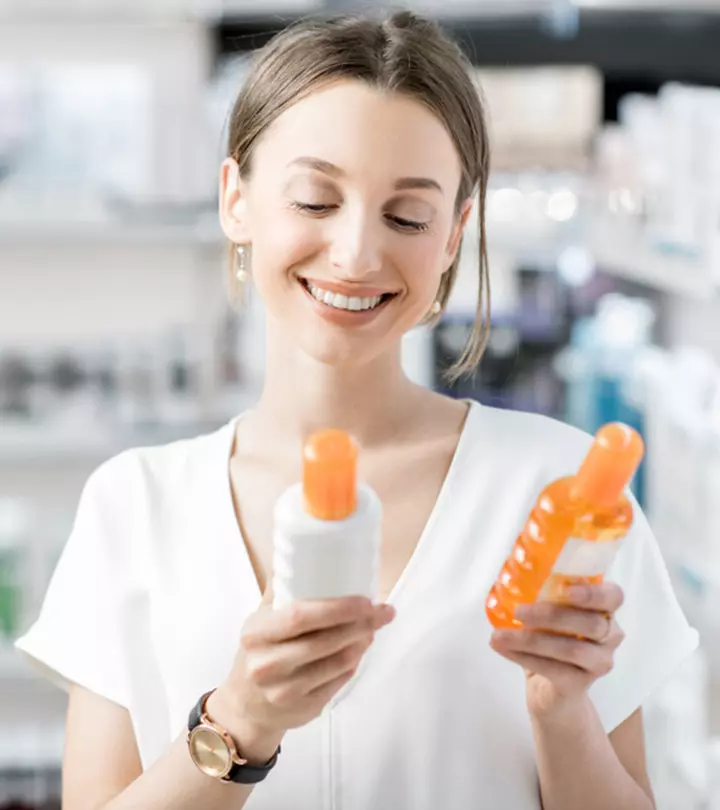
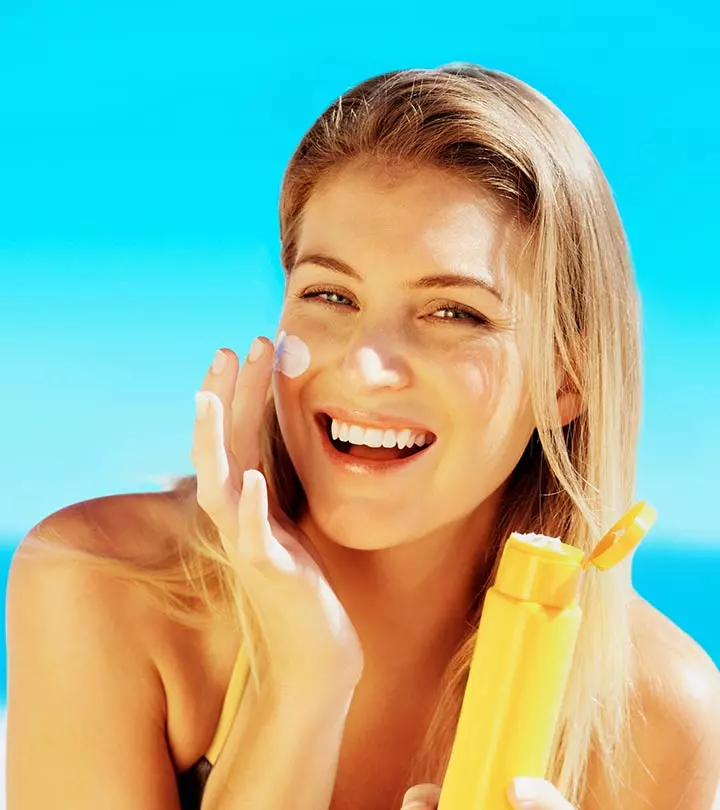
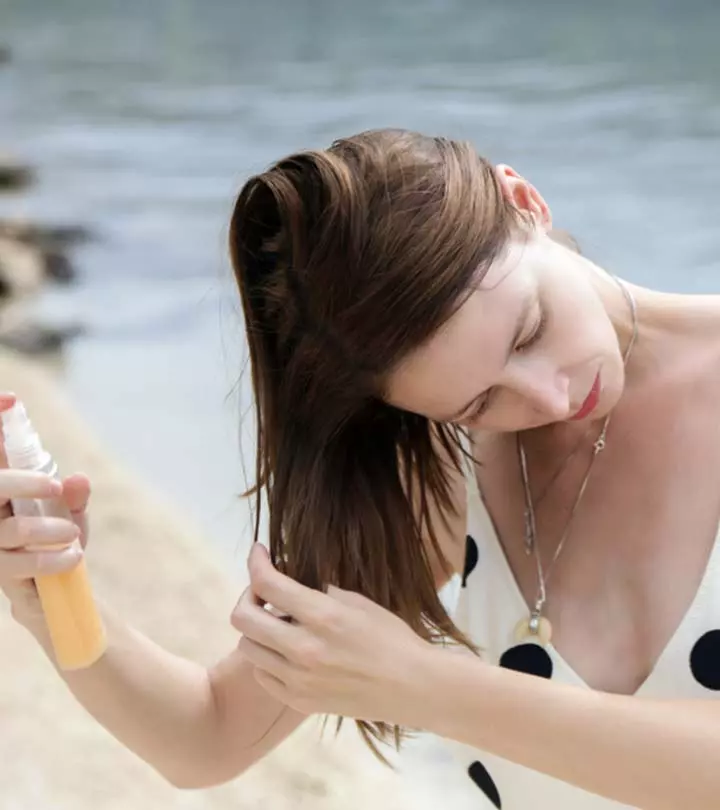
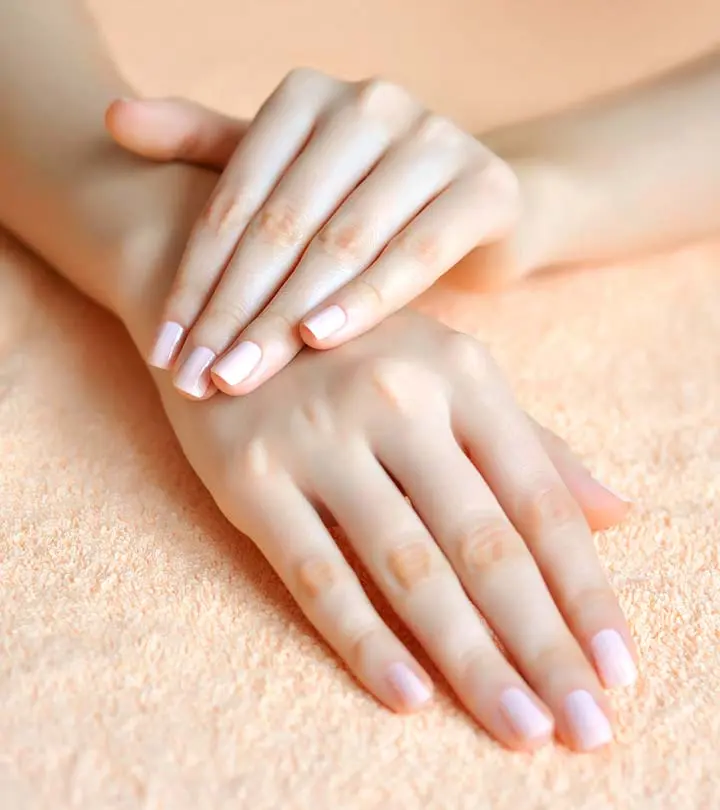
Community Experiences
Join the conversation and become a part of our empowering community! Share your stories, experiences, and insights to connect with other beauty, lifestyle, and health enthusiasts.